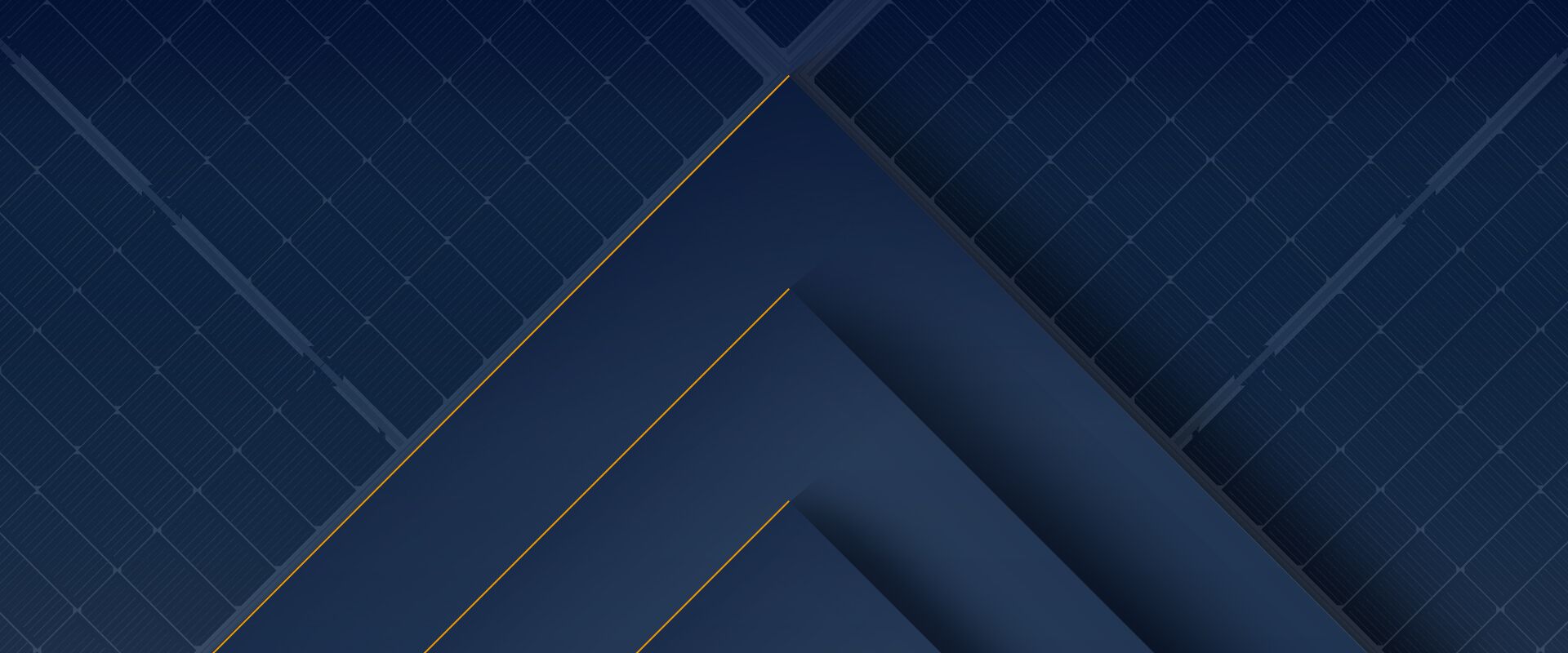FAQs
-
What characteristics do the DAS Solar lightweight module have? What are the greatest advantages?
The first is lightweight. The lightweight module has a weight density of 4.3 kg/m2, 60%~70% lower than ordinary ones. It is applicable to the installation surface with a small bearing capacity such as lightweight roof.
The second is flexibility. With the minimum bend radius up to 880 mm, it’s applicable to many kinds of installation scenes.
The third is high reliability. DAS Solar makes fluorine composite materials and aluminum metal into substrate with good weather resistance.
The fourth is high efficiency. With shingled cell design, the lightwieght module can increase the density of cells in the module to improve its overall efficiency. The fifth is easy installation and low cost. It can be quickly installed using double-sided tape instead of aluminum alloy posts, which can save plenty of time and manpower.
Additionally, DAS Solar provides a 25-year power warranty and product-quality assurance for lightweight modules, thus ensuring their long-term value for investors.
-
Compared to general modules, how is the DAS Solar product in terms of conversion efficiency, size and weight?
The lightweight module is applicable to multiple scenes. Its size can be customized according to the project requirements of the customer. The module weighs approximately 4.3Kg/m2, 60% to 70% lighter than ordinary modules. Its efficiency can reach 19.8%, surpassing ordinary modules.
-
The bent lightweight module is easy to produce hidden cracks. How does DAS Solar solve this problem?
On the one hand, the lightweight module of DAS Solar is designed with narrow shingled cells that have little deformation under the same bending conditions. On the other hand, it uses conductive resin instead of traditional solder strip to connect cells. The elastic conductive resin can reduce the stress on the cells themselves when the module deforms. In this case, the internal cells will not have serious hidden cracks when the lightweight module deforms. Moreover, hidden cracks have little influence on the shingled module because the shingling technology makes the entire cell surface conductive as compared to the ordinary module where the solder strip conducts electricity.
-
Providing customized service for various application scenes is another advantage of DAS Solar's lightweight module. Can you describe some application cases? What are the characteristics of the installation method, and what’s the application effect?
The lightweight module is suitable for many kinds of application scenes, such as industrial and commercial roofs and workshops, household roofs, featured landscape lamps and ships. By attaching to the installation substrate, our lightweight modules can integrate with the installation environment to offer a good appearance. Besides, its light weight will not apply a large load pressure to the installation surface.
-
Has the lightweight module been put into mass production at present? What’s the production scale? What’s the order size? Are the orders from domestic or foreign market?
It has been put into mass production, and some projects are under grid-connected operation. Now the production capacity is 200 megawatts per year, and we plan to increase that capacity. Both domestic and foreign orders have been received.
-
For the lightweight module, how's the overall user acceptance at present? What concerns customers most? How does DAS Solar solve these problems?
With the development of distributed market and BIPV project, lightweight modules have become increasingly popular. For lightweight modules, many customers concern about their anti-load capacity, adhesive strength and reliability. In fact, with shingled cells this module can prevent from hidden cracks even under heavy loads. The highly reliable acrylic acid double-sided tape used to fix the bonded module can retain high adhesive strength after prolonged outdoor use. The stable, highly reliable substrate made of fluorine composite materials are characterized by properties that resist ultraviolet light and aging.
-
Is the lightweight module easy to use and maintain?
There are fluorine composite materials on the surface of the module. Being lipophobic and hydrophobic, they are designed with good self-cleaning effect. When installed outdoors, it’s much cleaner than ordinary modules after rain, which helps reduce the operation and maintenance costs while enhancing the efficiency of power generation.
-
How fire-resistant is lightweight module?
It uses the patented fireproof substrate supported and protected by aluminum film in the back. Its stronger fire resistance than ordinary crystalline silicon modules meet the Class C fire rating:
Fuel block test: 20 fuel blocks, burning for 90 minutes, without burn-through;
Flame spread test: Flame temperature 704±28°C, air velocity 5.2-5.3 m/s, no combustibles drop after burning for 4 minutes.
-
DAS Solar recommends double-sided tape or structural adhesive as bonding material. How reliable are they?
The structural adhesive and double-sided tape recommended by DAS Solar have high adhesive force. They’ve passed the internal test and assessment. In a wind-tunnel test performed by the China Academy of Aerospace Aerodynamics Technology, force 14 wind was used to blow the binding position between the module and the installation surface. The module remained in place without power attenuation or obvious cracking on the EL. As for the weather resistance of adhesive property, DAS Solar has passed reliability tests for high temperature, high humidity and salt spray. Even amid such harsh tests, its adhesive force can still meet the requirements. This guarantees its long-term outdoor service.
-
What's the impact resistance of the lightweight module without glass and frame?
Like ordinary modules, lightweight modules have passed the impact test specified in IEC61215. Their surfaces can withstand the impact of an ice ball of 25 mm in diameter running at 23 m/s. Its attenuation is less than 1%, far lower than the test specification of IEC, i.e., ≤5%.







 浙公网安备33080302000236
浙公网安备33080302000236